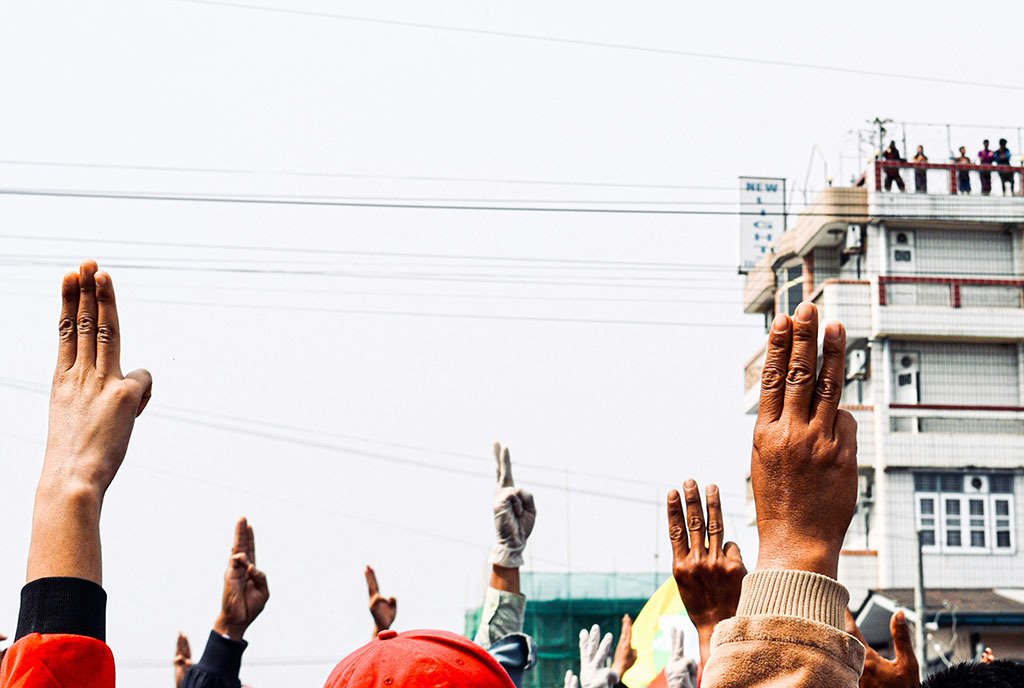December 3, 2014; Newsday (New York, NY)
ABC News reports that protests broke out in New York and a number of other locales around the country in the wake of a Staten Island grand jury’s refusal to indict a police officer for causing the death of a black man through placing him in a choke hold.
This decision, of course, comes even as protests are actively building nationwide regarding the killing of Michael Brown and the decision by a grand jury there not to indict. In some ways, however, this case is even more clear cut, in that the New York City Medical Examiner’s office ruled Garner’s death a homicide “during physical restraint by police.”
After two months of hearing evidence, a Staten Island grand jury decided on December 3rd not to indict white police officer Daniel Pantaleo on homicide or manslaughter charges for the death of an unarmed, asthmatic black man, Eric Garner, this past July.
Garner, a 43-year-old father of six, was approached by plainclothes police officers after he had apparently broken up a fight moments before. According to sources, police officers then began questioning Garner for selling untaxed cigarettes. After officers attempted to subdue a distressed Garner, who felt the police were harassing him, he was placed in a chokehold and eventually stopped breathing during the altercation.
On August 1st, the medical examiner ruled Garner’s death a homicide, believing it was caused by compression of the neck and chest while being restrained by police. His weight and asthma condition were contributing factors as well. The incident spotlighted the issue of the use of excessive force by police and whether Pantaleo was justified in taking such action in this situation.
In a statement released following the non-indictment, Pantaleo said he feels “very bad” about Garner’s death.
Although charges will not be brought against Pantaleo, he will still face an investigation by the Internal Affairs Bureau as well as any discipline he may receive within the police force. Garner’s family is also planning on a $75 million wrongful death suit against the NYPD.
The decision in Eric Garner’s case comes a little more than a week after a Ferguson grand jury also declined to indict Darren Wilson in the shooting death of teenager Michael Brown, a decision that has been much criticized after a haphazard investigation and a slanted prosecution some say privileged Wilson. In contrast, it was anticipated that Pantaleo would be indicted. Unlike Ferguson, Garner’s death elicited only some peaceful protests in New York over the summer, compared to the #HandsUpDontShoot movement sweeping the country the past week.
Sign up for our free newsletters
Subscribe to NPQ's newsletters to have our top stories delivered directly to your inbox.
By signing up, you agree to our privacy policy and terms of use, and to receive messages from NPQ and our partners.
However, few of the doubts present in the narrative of Brown’s case can be found here, most notably due to the existence of a video showing the chokehold that killed Garner as well as the police officers’ delayed response to Garner’s falling unconscious. We stress that this video may be difficult to watch for some readers.
For those seeking to bypass watching the video, it begins in medias res as an onlooker films a distraught Garner talking to officers. The video, which does not show the whole conversation, then cuts to the moment Pantaelo, dressed in a green shirt and baseball hat, grabs the 400-pound Garner from behind and slams him to the ground. In the five seconds after Garner is pushed to the ground, the video shows Garner repeatedly saying, “I can’t breathe.” It’s hard to imagine what police policy would allow an officer to continue pressing an arrestee’s face into the pavement after he indicates he was having trouble breathing.
In a statement released by the president of the city’s Patrolmen’s Benevolent Association, Patrick Lynch defended Pantaleo’s actions. “It is clear that the officer’s intention was to do nothing more than take Mr. Garner into custody as instructed and that he used the takedown technique that he learned in the academy when Mr. Garner refused,” Lynch said.
It’s unclear if Lynch is intentionally equating the “takedown technique” to the “chokehold” identified by New York City Police Commissioner Bill Bratton. It would then seem that at least some of part of Pantaleo’s actions in this incident were not in accord with NYPD policy. Whether the force will hold him responsible remains to be seen. (We would say, “don’t hold your breath,” but the irony seems cruel in this situation.)
The video cuts again to police officers standing over Garner, his lifeless body still on the ground. Here is a video of officers standing over Garner after he falls unconscious from another angle:
Without a single take showing the beginning and end of this interaction, it’s difficult to know for what period of time Garner was held down and when exactly during this incident he passed out. We do know from the duration of the second video that Garner was unconscious for a lengthy amount of time before an ambulance arrives. We also know that Garner voiced numerous times that he was having trouble breathing, and given his death, it appears his cries fell on the NYPD’s deaf ears.
At this time, we do not know exactly what evidence the 12 jurors considered in their deliberations and to what extent the jury was shown these videos. (Ferguson prosecutor Bob McCulloch authorized the release of the grand jury transcripts, but that was exceptional.) We do know that Pantaelo and his partner testified, as did the other officers present at the scene. Every officer other than Pantaleo who testified was granted immunity.
The disproportionate police killings of men of color is a longstanding problem across the United States. More protests and actions are reportedly being planned. Is this a tipping point?—Shafaq Hasan













